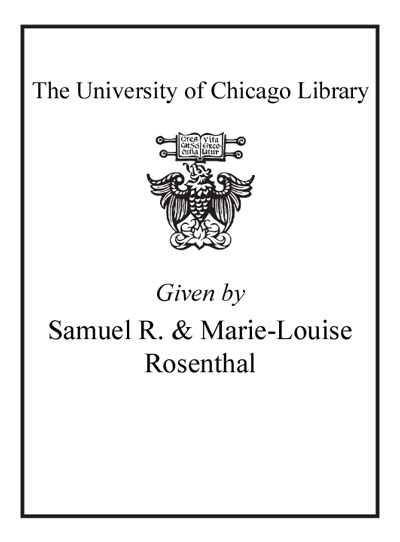Review by Choice Review
Ancient Alexandria, the capital of Hellenistic Egypt, is receiving overdue attention these days, thanks to both a growing interest in multicultural archaeologies and new techniques of urban and underwater excavation. The city's monumental subterranean tombs--long known but little studied--find their first detailed treatment in this volume. Venit (Univ. of Maryland) presents the material within a chronological framework from 331 BCE to the Christian transformation of the city, exploring the tombs as social documents that provide access to the cultural and eschatological world of the ancient Alexandrians. The extraordinary ethnic diversity of the local population was united in the common goal of assimilation to the Greek cultural model of the ruling elite. The tombs evolved within this context, mingling Greek architectural vocabulary with an increasingly sophisticated use of Egyptian mortuary tradition. The book's subtitle marks the uniquely Alexandrian treatment of tombs as sites for funerary drama that sometimes verged on the literal, with stages, elaborate waterworks, and manipulative illusionistic settings. The extensive architectural and iconographic analyses, social contextualization, and reconstruction of mortuary rituals will make this volume useful to a wide range of interests. ^BSumming Up: Highly recommended. Upper-division undergraduates and above. S. Langdon University of Missouri--Columbia
Copyright American Library Association, used with permission.
Review by Choice Review

